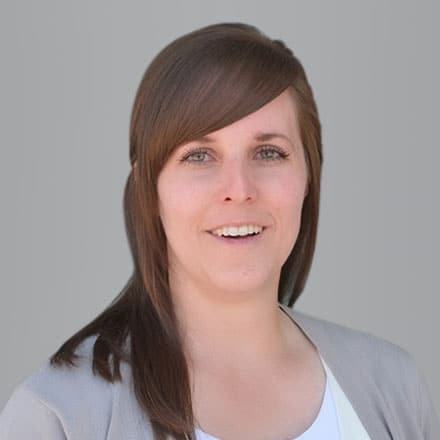Inside Angle
From 3M Health Information Systems
What to expect at the HL7 working group meeting: A first timer’s experience
Recently, I attended the Health Level 7 (HL7) Working Group Meeting in New Orleans for the first time. HL7 is a widely adopted, international healthcare messaging standard, established through consensus among standards developers from multiple organizations. Some of my 3M Heathcare Data Dictionary team mates are active participants, having written about their experiences – “Report from the FHIR Connectathon at the HL7: September 2017 Working Group Meeting,” and will be reporting from an expert perspective. However, I would like to use my experience to encourage other novices to participate in this very important standards activity.
The HL7 working group meetings are week-long and held three times a year in varying locations. The January and September meetings are held in the U.S., the September meeting also being the Annual Plenary, while the May meeting is usually held outside the U.S. – e.g., Cologne, Germany for 2018 and Montreal, Canada for 2019. These working group meetings provide a face-to-face setting to facilitate complex discussions about the standards, and provide an opportunity to network. At last count, there are 61 active committees, boards, councils and work groups, with the latter ranging from Anesthesia to Vocabulary. Individuals from all around the world participate in these work groups, and work is constantly being done outside of the face-to-face meetings. Each work group has a mailing list for email discussions, and conference calls at least once a week.
A suggestion I would give to someone new to HL7 (like me) would be to get involved early in the work groups you’re interested in; sign up for the mailing list and attend the conference calls so that you are familiar with the issues they will be discussing. Given the time and cost demands of the week-long working group meeting, this advance exposure could make the face-to-face meeting more beneficial. Because of prior engagement, I could follow the Clinical Information Modeling Initiative (CIMI) discussion about tooling to get clinician input on aspects that should be included in the information models. Due to my work, I could also follow the discussions of the Vocabulary work group and Clinical Interoperability Council (CIC). On the other hand, it was harder to understand the meetings of the Clinical Decision Support, Patient Care, and Structured Documents work groups, as I was attending for the very first time.
The HL7 working group meeting also offers many informative tutorials for first time attendees. I’m interested in the HL7 FHIR (Fast Healthcare Interoperability Resources) data exchange standard, and two months ago, attended a “Clinicians on FHIR” tutorial at the American Medical Informatics Association (AMIA) conference – my colleague reported her experience in “How I learned HL7 FHIR as a clinician without losing my mind.” Thus, I followed up by attending three tutorials at this HL7 meeting:
- Introduction to HL7 FHIR
- FHIR for Clinicians and Decision Makers
- Understanding and Using Terminology in HL7 FHIR
These tutorials, particularly the last, really drove home the message that terminology is a foundational requirement for interoperable data exchange in FHIR and other clinical data standards.
HL7 also has other useful tutorials on various topics, such as “U.S. Law MACRA: Role of Standards in QPP, MU3 and the Changing World of Provider Reimbursement,” which I attended. In addition, there are multiple free tutorials offered to first timers, e.g.,
- Orientation for First-Time Attendees
- Understanding the HL7 International Organization – From Process to Governance
- Glossary Management – Defining and Managing the Terms Used by Healthcare SDOs
These and other free, specific tutorials teaching different aspects of HL7 make the meeting a worthwhile educational experience.


